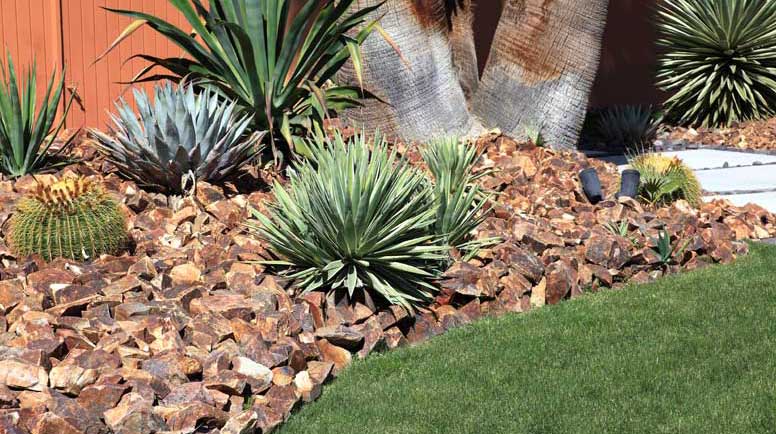HOW TO SAVE WATER IN YOUR LANDSCAPE
And save money
For trusted expertise and superior results,
find a landscape professional near you.

The West Coast drought over the past several years has put a spotlight on how important water is to landscapes and the health and appearance of a property. The scarcity of water in the west has forced California building and property owners to irrigate more efficiently. As so often happens with trends, California is now challenging the rest of the country to think differently and be more proactive in considering how to recycle and reuse water.
Using efficient irrigation systems that are properly designed, installed, maintained, and managed is one way to conserve water. Another way, certainly, is to install native plants that require less moisture. Another way still is to recycle and reuse water and generally improve on how to manage storm water.
Here are just a few ways to do just that, recycle and reuse what Mother Nature delivers.
Your landscape professional or irrigation expert may be able to recommend other ways to conserve and reuse this all important resource.
We recently updated our Privacy Policy. By continuing to use this website, you acknowledge that our revised Privacy Policy applies.